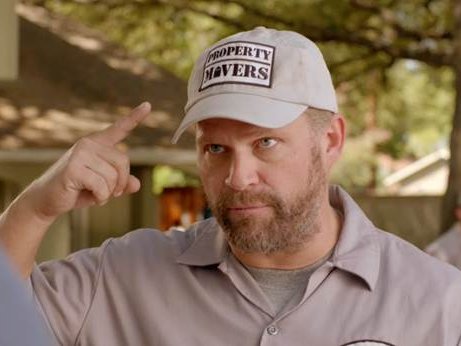Janet and I were eating at a local restaurant -- our Friday night date -- I won’t say where, but we had horrible service. So, when it came time to pay, I left a tip I thought equaled our experience (a bit pitiful and empty). Janet, a former waitress, thought it was a terrible thing to do.
“He’s just a poor college student,” she argued.
Whatever.
Isn’t that the point of the tip? Bad service, bad tip. Great service, great tip. It’s survival of the fittest. I figure this kid would, one: get bad tips, and then two: find a new line of work. That would be a win-win situation. He would be happier and so would the restaurant-going public.
That’s how we all should roll. Reward good stuff, and ignore, or penalize, bad stuff. I do that with advertising and design. Companies with good advertising or design get my business. Companies with bad advertising or design get nothing. It’s why I shop at Target (visually-arresting, fresh spots selling everyday products) and not K-Mart or Wal-Mart (whose brands are cheap and pedestrian). It’s why I eat at Cubanitas or Roots (thoughtful décor and style) and not Applebee’s (obnoxious, phony clutter). And it’s also why I’ll never buy a car at Rosen (I’m not sure what’s going on there) and stopped going to Cousins Subs. (Dan Patrick talking about his “ad agency.” I tend to lose my appetite.)
I vote with my wallet. Good design and advertising (good architecture, too) matter. It adds to our culture and should be rewarded. And just like the pitiful waiter (who’s hopefully a satisfied truck driver at this point), we should “convince” the business that muck-up our collective aesthetic to hit the bricks. Good riddance to bad brands.
Darwinistic consumerism, HO!






